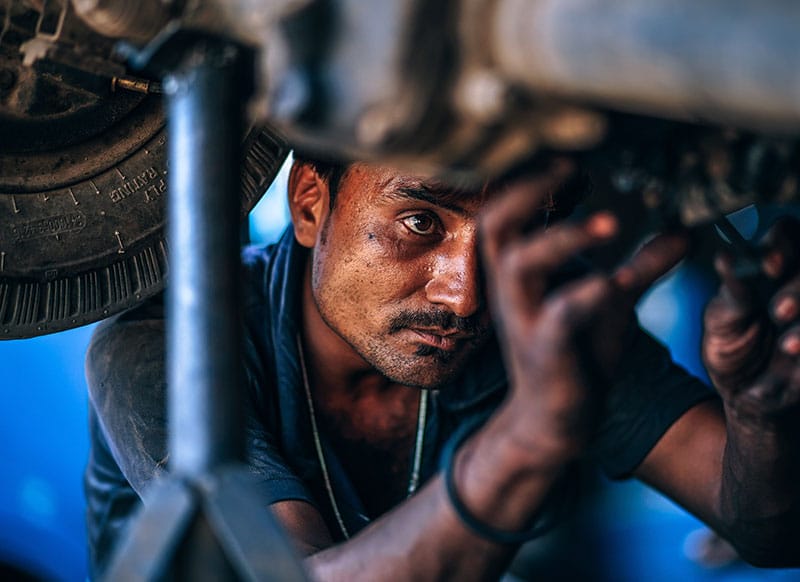
Personal Protective Equipment (PPE) is a crucial part of workplace safety, acting as a risk control method to minimize exposure to hazards when other preventive measures are insufficient. PPE serves as a barrier between workers and potential dangers, whether from physical, chemical, biological, or electrical hazards. While PPE is typically the last line of defense, its proper use is essential in preventing accidents and reducing workplace risks.
As a risk control method, PPE protects workers by reducing the chance of injury, illness, or harm. Effective PPE use requires proper selection, fit, and regular maintenance to ensure it provides adequate protection.
How do you properly use PPE to prevent accidents at work?
Proper PPE usage involves not only wearing the equipment but also understanding how to select, fit, and maintain it for optimal effectiveness.
To prevent accidents, workers should undergo PPE training to ensure they know how to properly wear, remove, and care for their equipment.
Steps for Proper PPE Use:
- Selection: Choose PPE suitable for the specific hazards in the workplace, such as gloves for chemical handling or helmets for impact protection.
- Fit and Comfort: Ensure PPE fits correctly. Ill-fitting equipment can reduce mobility and may not offer complete protection.
- Inspection: Inspect PPE before each use for any damage or wear. Faulty PPE can compromise safety.
- Proper Removal: Remove PPE without contaminating oneself, especially for items exposed to hazardous substances.
- Maintenance and Storage: Clean and store PPE according to manufacturer instructions to extend its lifespan and effectiveness.
Common PPE for Accident Prevention:
- Gloves: Protect hands from cuts, chemicals, and infections.
- Helmets: Shield the head from impact injuries in construction or industrial settings.
- Respirators: Prevent inhalation of harmful particles, especially in dusty or toxic environments.
By adhering to these usage guidelines, workers can maximize the protective capabilities of PPE, reducing the likelihood of workplace accidents.
What is PPE and how can it help to reduce risks and hazards at the workplace?
PPE refers to wearable equipment designed to protect workers from workplace hazards that can cause injury or illness.
PPE reduces risks by serving as a physical barrier against dangers like airborne particles, falling objects, and harmful chemicals.
| PPE Category | Example Equipment | Purpose |
|---|---|---|
| Head Protection | Hard hats, bump caps | Prevents head injuries from falling objects |
| Respiratory Protection | Masks, respirators | Filters airborne contaminants |
| Hand Protection | Gloves (nitrile, latex, leather) | Shields hands from cuts, chemicals, and heat |
| Eye and Face Protection | Safety goggles, face shields | Protects eyes from splashes, particles |
| Body Protection | Coveralls, aprons | Shields skin from chemicals and flames |
| Foot Protection | Steel-toed boots, non-slip shoes | Protects feet from crushing, slips, and impact |
How PPE Reduces Workplace Risks
PPE acts as a personal safety measure, reducing the risk of direct contact with hazards:
- Physical Hazards: Hard hats, gloves, and steel-toed boots protect workers from impacts, cuts, and crush injuries.
- Chemical Hazards: Chemical-resistant gloves, goggles, and aprons provide a barrier against toxic or corrosive substances.
- Airborne Hazards: Respirators prevent respiratory illnesses by filtering out harmful particles or gases.
As a key component in workplace safety, PPE helps create a controlled environment where risks are minimized even when other safety controls are in place.
Which of the following are PPE that can be used to ensure safety when working with power lines?
Working with power lines is highly hazardous, and specialized PPE is necessary to prevent electrocution and burns.
PPE for working near power lines includes insulated gloves, rubber-soled boots, and flame-resistant clothing to prevent electric shock and fire-related injuries.
| PPE Type | Description | Purpose |
|---|---|---|
| Insulated Gloves | Rubber or dielectric gloves | Prevents electric shock when handling cables |
| Flame-Resistant Clothing | Coveralls, jackets made from fire-retardant materials | Reduces burn risk during electrical faults |
| Rubber-Soled Boots | Non-conductive footwear | Provides insulation from grounded surfaces |
| Safety Goggles | Eye protection | Shields eyes from sparks and debris |
| Arc Flash Shields | Specially rated face protection | Protects face from arc flash burns |
Key Considerations for Power Line Work
- Non-Conductive Materials: PPE should be made from materials that do not conduct electricity to reduce electrocution risk.
- Layered Protection: Multiple layers of PPE, such as flame-resistant clothing and arc flash shields, are recommended for extra safety.
By wearing the correct PPE, workers can significantly reduce the risks associated with electrical work, such as shocks, arc flashes, and burns.
Why is it important to wear protective clothing and other appropriate safety equipment during electrical testing activities?
Electrical testing activities expose workers to high voltages, sparks, and potential arc flashes, making protective clothing essential.
Protective clothing like flame-resistant suits and rubber-insulated gloves prevent burns and electric shock during electrical testing.
Key Reasons for PPE in Electrical Testing:
- Prevents Burns: Flame-resistant clothing minimizes burn injuries in case of sparks or flash incidents.
- Shock Protection: Insulated gloves and boots reduce the risk of electric shock when handling live wires.
- Eye Protection: Safety goggles protect against sudden sparks, preventing eye injuries.
PPE for Electrical Testing
- Flame-Resistant Clothing: Provides an additional layer of protection in the event of an arc flash.
- Insulated Gloves: Crucial for working directly with electrical components to prevent electric shock.
- Arc-Rated Face Shield: Protects the face from the intense heat and light of arc flashes.
Using the right PPE ensures safety and compliance with electrical safety protocols, reducing the likelihood of serious injury.
What will happen if you do not use the proper PPE?
Failing to wear the appropriate PPE can lead to severe injuries, illnesses, or even fatalities, depending on the hazards present in the workplace.
Without PPE, workers are exposed to risks like burns, toxic inhalation, and crushing injuries, which PPE is specifically designed to prevent.
| Hazard | Without PPE | Consequences |
|---|---|---|
| Chemical Exposure | Skin or eye contact | Chemical burns, irritation, poisoning |
| Electrical Shock | Direct contact with electricity | Electrocution, severe burns |
| Particulate Inhalation | Inhalation of dust, fumes | Respiratory illness, long-term health issues |
| Impact Hazards | Head or foot impact | Fractures, concussions, severe bruising |
Potential Consequences of Not Using PPE:
- Injury: Without gloves, workers handling sharp objects may suffer cuts or puncture wounds.
- Illness: Inhaling toxic fumes without a respirator can lead to chronic respiratory issues or poisoning.
- Fatalities: In high-risk jobs like electrical work, failing to wear insulated gloves or footwear can result in lethal electrocution.
Skipping PPE not only jeopardizes individual safety but can also lead to workplace disruptions, legal consequences, and reputational damage for the organization.
Does protective clothing always decrease the risk of harm?
While protective clothing significantly reduces the risk of harm, it does not guarantee complete immunity from injuries in extreme conditions.
Protective clothing minimizes harm but may not fully eliminate risk, especially in high-exposure situations where PPE alone cannot contain all hazards.
Limitations of Protective Clothing:
- Heat Stress: Heavy protective clothing can lead to heat exhaustion or heat stroke in hot environments if not managed properly.
- Mobility Restrictions: Bulkier PPE can limit movement, making certain tasks more difficult or hazardous if agility is required.
- Barrier Limitations: Some PPE may not provide full protection against highly concentrated chemicals or extreme temperatures.
Protective clothing is most effective when combined with other safety measures, such as ventilation, administrative controls, and frequent breaks to manage physical strain.
Conclusion
PPE plays a crucial role in workplace safety as a risk control method, offering essential protection in hazardous environments. From reducing exposure to electric shock and toxic chemicals to preventing injuries from impact or burns, PPE serves as a last line of defense. However, its effectiveness relies on proper selection, usage, and maintenance, and it works best when integrated into a comprehensive safety strategy. By understanding the importance of PPE and adhering to its correct usage, workers can significantly reduce risks and protect their health and safety on the job.
Zion Zhang
Recent Posts
 Where would you get custom body armor and is it possible?2024年12月6日Where would you get custom body armor and is it possible? […]
Where would you get custom body armor and is it possible?2024年12月6日Where would you get custom body armor and is it possible? […]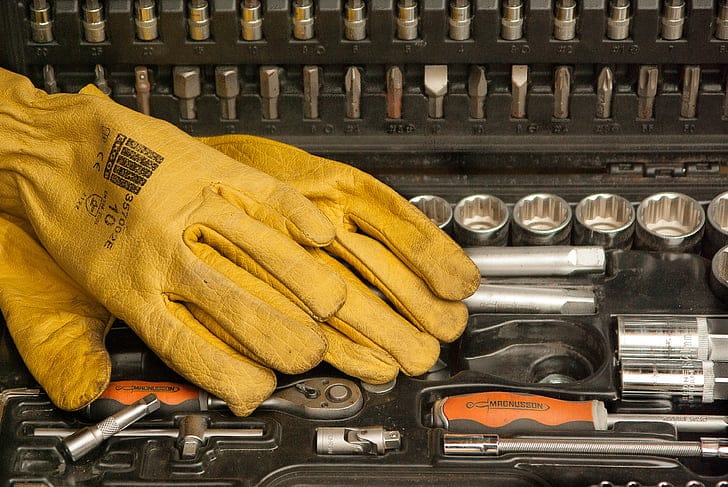 What are warehouse gloves?2024年11月23日Warehouse gloves are an essential type of personal […]
What are warehouse gloves?2024年11月23日Warehouse gloves are an essential type of personal […]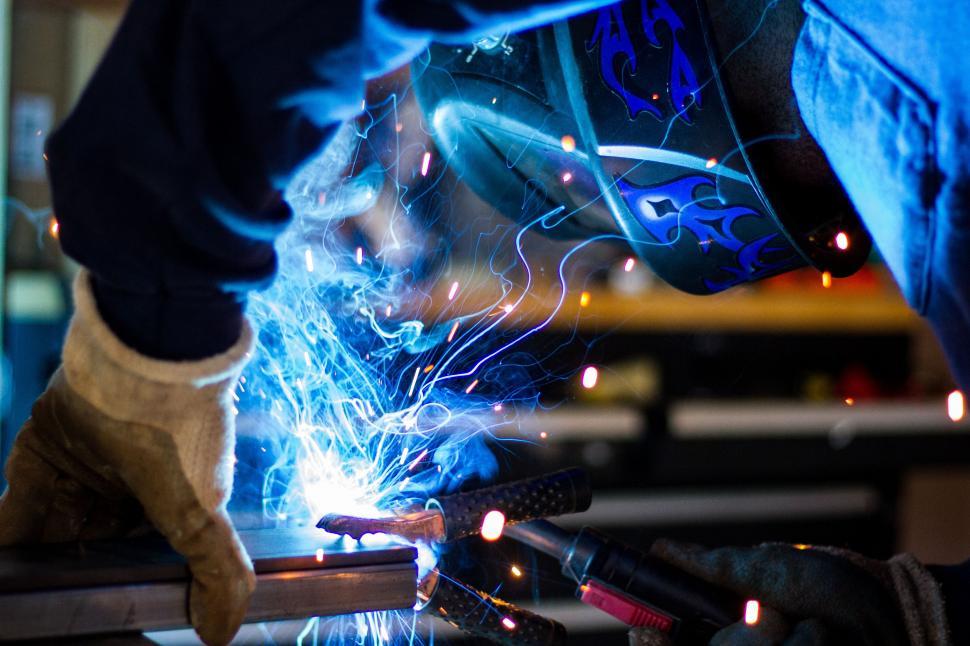 How to select the perfect welding gloves for your projects?2024年11月23日Selecting the right welding gloves is a critical decision […]
How to select the perfect welding gloves for your projects?2024年11月23日Selecting the right welding gloves is a critical decision […]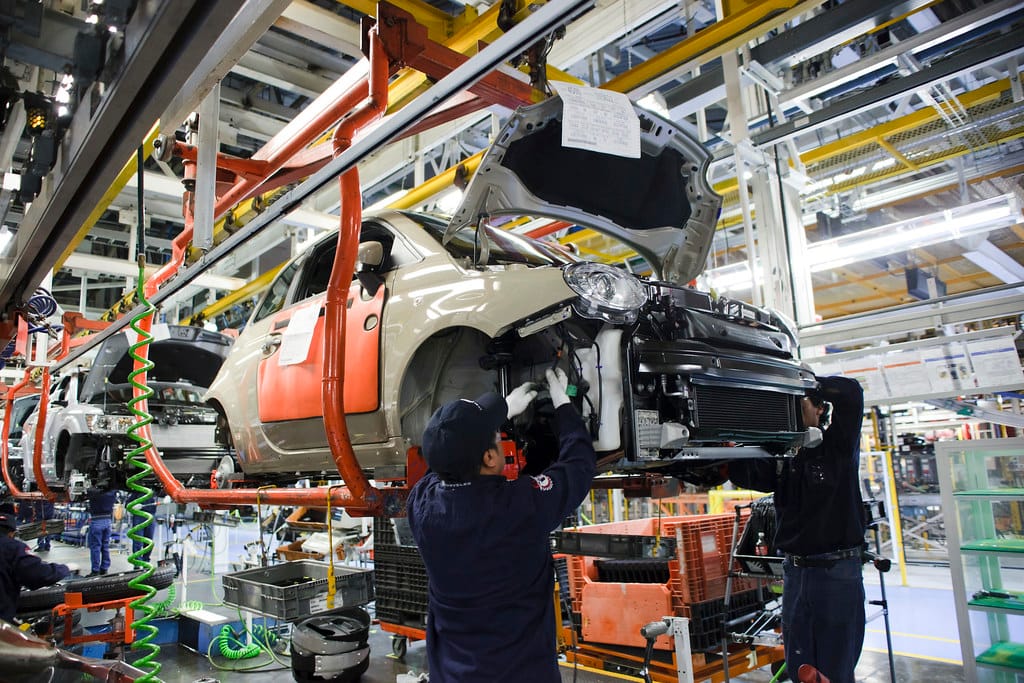 What’s it like to work at an assembly line factory?2024年11月22日Working at an assembly line factory is a unique experience. […]
What’s it like to work at an assembly line factory?2024年11月22日Working at an assembly line factory is a unique experience. […]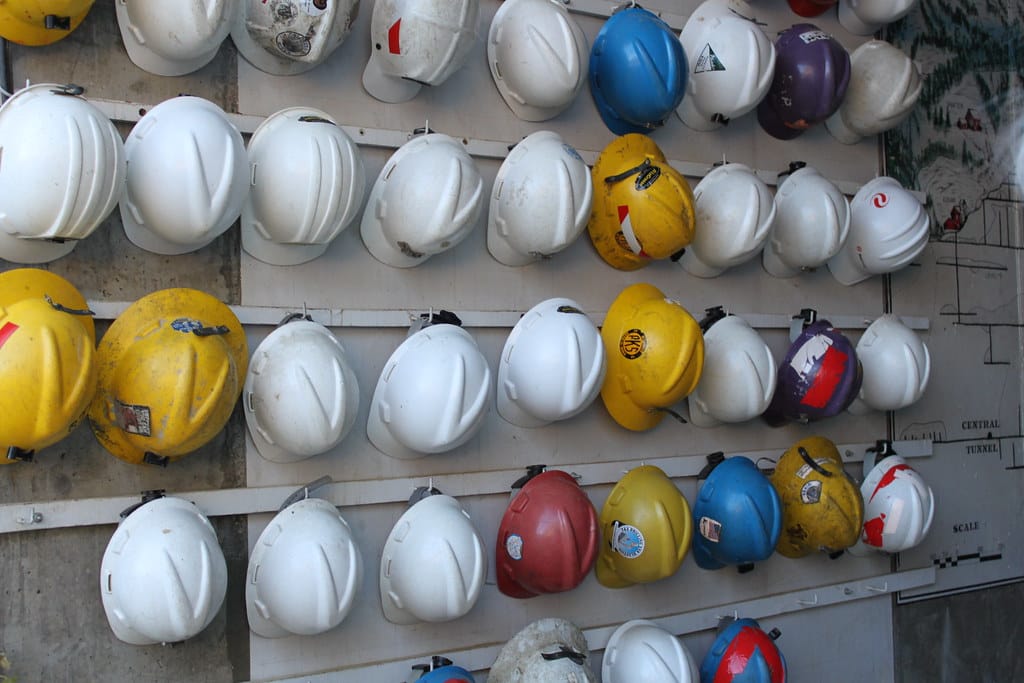 Why do engineers and architects wear different safety caps?2024年11月22日Engineers and architects play crucial roles on construction […]
Why do engineers and architects wear different safety caps?2024年11月22日Engineers and architects play crucial roles on construction […] What are the PPE for firefighting?2024年11月22日Firefighting is one of the most hazardous professions, […]
What are the PPE for firefighting?2024年11月22日Firefighting is one of the most hazardous professions, […]
CONTACT US
- Feel free to contact us any time. We will get back to you as soon as we can!
- +86-17330061805
